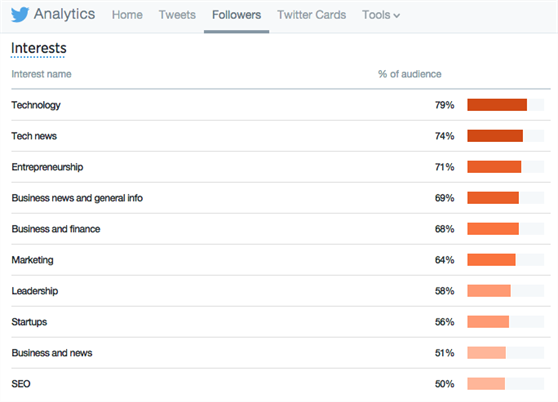Can you answer the following questions?
They’ll help you figure out which social networks are applicable to your business…
Last week, we brought you part one of our three-part series. We began with some common factors businesses have when they have an average social media presence on too many social platforms.
We also gave a quick overview of seven of the most popular social networks. If you haven’t yet read part one, you can catch up here.
EDIT: You can find the third and final part here.
All caught up? Great.
Now, can you answer these questions?
Question 1: Do you have the time?
So, you might be thinking that once you’ve written one social media post, then the hard work is done: from there, you can publish it to all 10 of your social networks! That takes, what, two minutes? Writing the post took 10!
So how, you might query, is time a factor when in fact creating, not posting, the posts is what takes the bulk of my time?
Because you can no longer get by on social media just by robotically churning out the same posts, day-in and day-out, that’s why. This is what else you need to do on social media:
- Create visual images
- Curate links to share
- Create status updates
- Write adverts
- Launch adverts
- Monitor and adjust adverts while the run
- Assess adverts when completed
- Assess other metrics (engagement, post type, etc.)
- Cross-check with Google analytics (referrals from social media, etc.)
- Respond to customers (complaints, questions, feedback, etc.)
- Share others’ content
- Interact on brand and fan posts and pages
Phew!
Multiply all that work by eight or nine social networks and you might find yourself not doing much of anything else!
Question 2: Do you know your audience (and where they spend their time)?
Where are they hanging out? Sure, those user stats listed above are impressive, but do you know where YOUR audience hangs out?
Who cares about the Gen Y-ers pouting and posting selfies on Instagram if you sell seniors insurance, right?
On Twitter, we are followed by and noticed by influential individuals and businesses directly related to our services. Twitter users have added us to their own Twitter Lists that revolve around similar topics (like “Influencers”, “Digital Strategists”, “Interesting Agencies”, and “Business Bloggers”.)
This is quite different to our Facebook page, where our fans mainly consist of single individuals looking for an easily digestible link amongst other (more important) news from their friends and family.
Once you start to grow on your social media platforms, you will begin to see trends developing amongst your followers. Twitter has a great breakdown of what your followers are interested in.

From the screen capture above you can see that a whopping 79 per cent of our followers are interested in Technology. These sorts of statistics enable us to tailor content that is more suited to this particular audience:
Question 3: Do you have the right content?
From our own experience, Facebook users have responded well to light-hearted and funny (yet still relevant) articles we share: awkward stock photos, amusing Twitter chats, and interesting and unusual social media stories are just a few examples.
On Facebook, these posts get a whole lot more impressions and engagement than more tech-focused or educational stories that we share.
But that’s just Facebook.
We wouldn’t post that silly stuff on LinkedIn, purely because of its nature.
We did share those kinds of posts to Twitter, and while we saw no negative impact, we realised that over there, users prefer to engage with more educational material, like our content marketing blog posts, social media tips, tech news, business and finance news, leadership and start-up information, and SEO advice.
This question is closely tied with the previous one, where the audience you’re talking to on each social network is probably different, and as a result, so is the content you curate and post.
Question 4:
There’s still one more very important question we need to ask, but we dive into quite some detail, so we are saving that for part three. It will be up in a week’s time.
Can you guess what question we might be asking? Follow us on Twitter to keep up-to-date on this blog series.